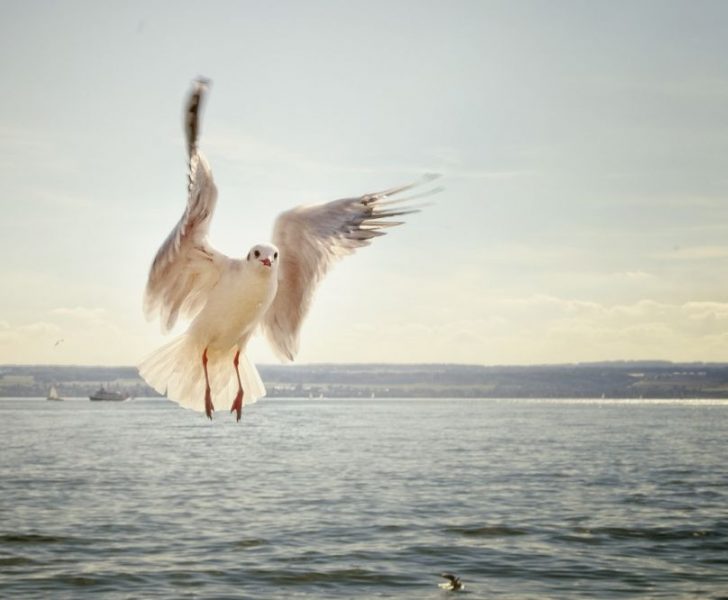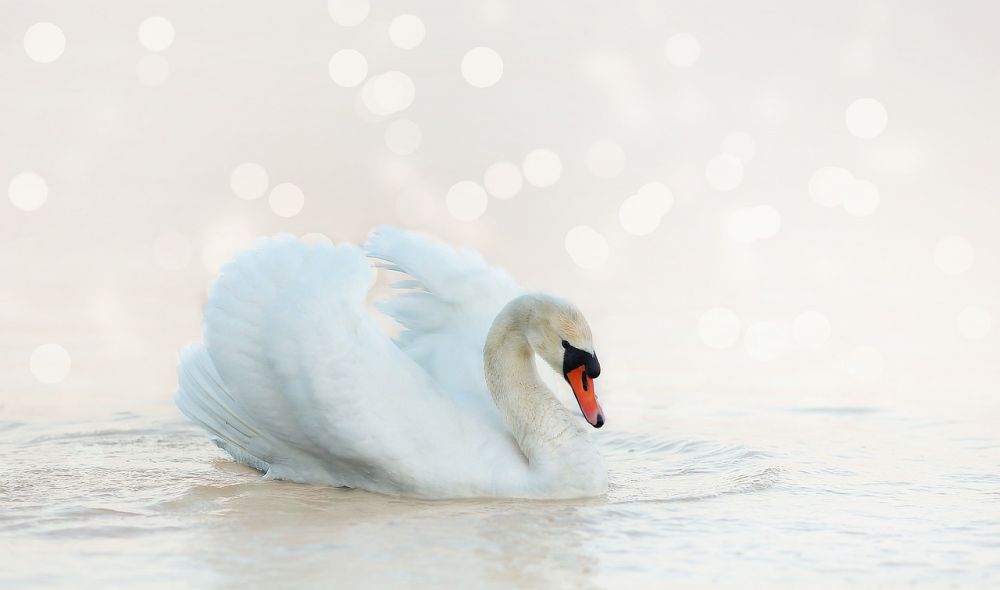Albatross Majestic Birds of the Ocean

Introduction
The albatross is a fascinating and majestic bird that captivates the imagination with its beauty and grace. In this comprehensive article, we will delve into the world of albatross birds, exploring their characteristics, types, popularity, and unique attributes. With a focus on providing a high-quality overview of the subject, we will also examine quantitative measurements of albatross birds, discuss their differences, and provide a historical review of the advantages and disadvantages associated with different species. So, join us on this journey as we unlock the mysteries of these magnificent creatures.
Overview of Albatross Birds

Albatross birds are large seabirds belonging to the family Diomedeidae. They are known for their long wingspans, with some individuals reaching up to 11 feet, making them the largest flying birds in the world. Albatross birds are well-adapted for life at sea, with their streamlined bodies, sharp beaks, and webbed feet. They spend most of their lives flying over oceans and have the ability to cover vast distances effortlessly.
Presentation of Albatross Birds
There are 22 known species of albatross birds, each with its unique characteristics and distribution patterns. Some popular species include the wandering albatross, black-browed albatross, and the royal albatross. The wandering albatross is renowned for its enormous size and has the longest wingspan among all bird species. The black-browed albatross, on the other hand, is easily identifiable by its striking black eyebrow-like markings. These birds have captured the attention of bird enthusiasts and researchers alike, with their elegance and mysterious allure.
Quantitative Measurements of Albatross Birds
One of the fascinating aspects of albatross birds is their ability to travel long distances without needing to rest. Studies have shown that they can cover thousands of miles in a single journey, using their powerful wings to glide effortlessly for hours. Researchers have also conducted studies to measure their heart rate, oxygen consumption, and metabolic rate during flight, revealing the remarkable energy efficiency of these birds. By gathering quantitative data, scientists have gained insights into their physiological adaptations and flight capabilities.
Differences Among Albatross Birds
Despite belonging to the same family, albatross birds exhibit subtle differences in their physical appearance and behavior. For instance, some species have distinctive plumage patterns, making them easily distinguishable from others. Additionally, their foraging techniques and preferred prey may vary, leading to differences in feeding habits. Understanding these variations is crucial for scientists studying albatross birds, as it can offer valuable information about their ecology and evolutionary history. By examining these dissimilarities, researchers can gain a deeper understanding of the complexities of these avian creatures.
Historical Review of Advantages and Disadvantages of Albatross Birds
Throughout history, albatross birds have been both revered and reviled. They have been celebrated in poetry and literature for their grace and beauty, immortalized as symbols of freedom and endurance. However, they have faced challenges due to human activities, such as overfishing and pollution, which have threatened their populations. Understanding the historical context of the interactions between humans and albatross birds provides valuable insights into the conservation efforts and the importance of preserving these remarkable creatures for future generations.
[INSERT VIDEO HERE]
Conclusion
In conclusion, the albatross is a majestic bird that continues to astonish with its aerial prowess and impressive physical characteristics. With their extensive wingspans, diverse species, and long-distance travel abilities, albatross birds have captivated both scientists and bird enthusiasts for centuries. By comprehensively exploring their traits, differences, and historical significance, we gain a deeper appreciation for these magnificent creatures and the need to protect their habitats. So let us cherish the albatross and ensure its continued existence in the vast oceans it calls home.











